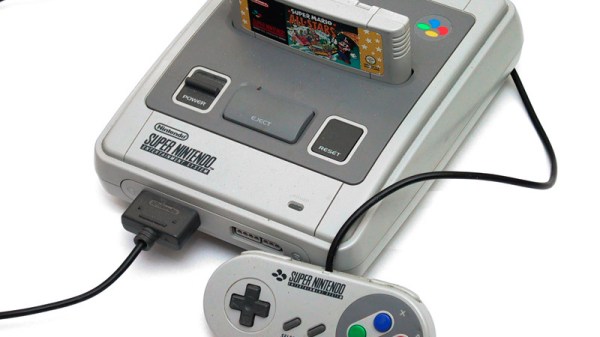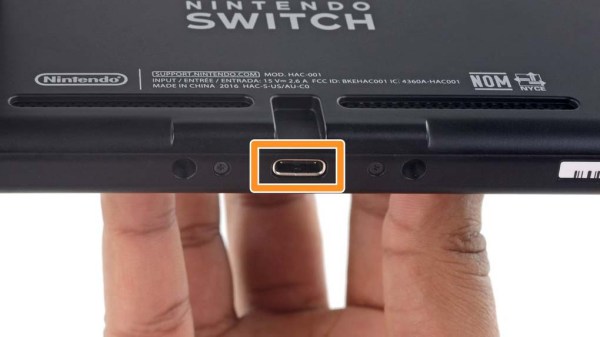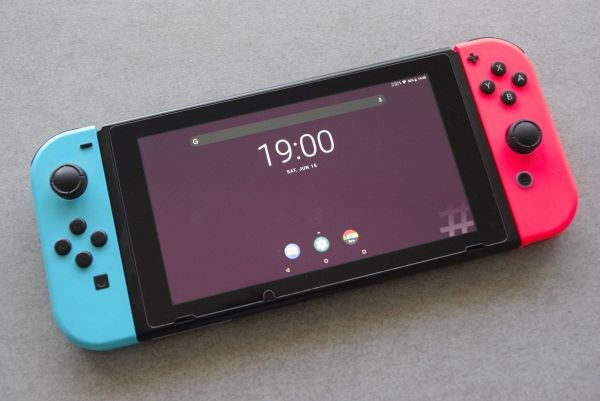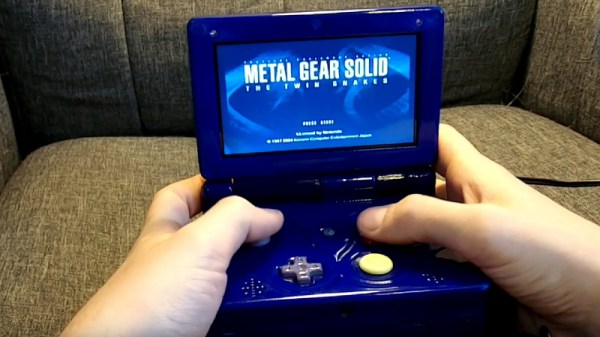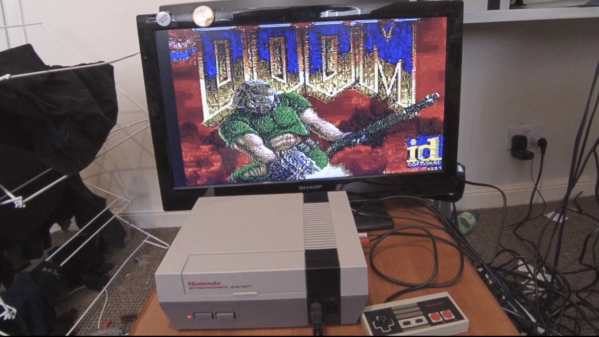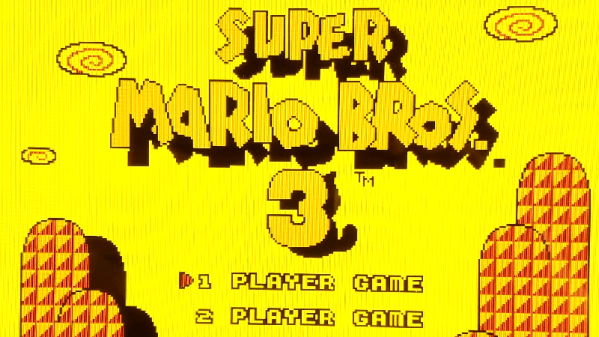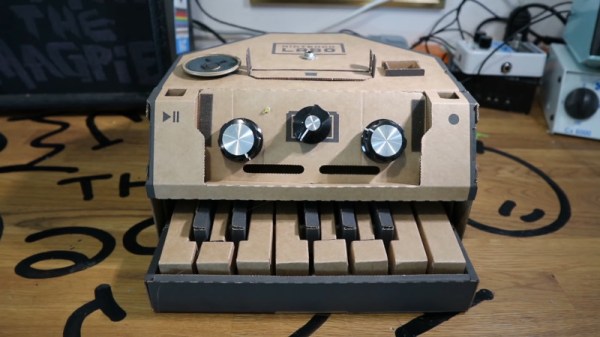The bsnes emulator has a new overclocking mode to eliminate slowdowns in SNES games while keeping the gameplay speed accurate. We’re emulating old SNES hardware on modern machines that are vastly more powerful. Eliminating slowdowns should be trivial, right? For an emulator such as bsnes, which is written to achieve essentially pixel-perfect accuracy when emulating, the problem is decidedly non-trivial. Stick around to learn why.
Nintendo Hacks599 Articles
The Not Quite USB-C Of Nintendo Switch Accessories
Historically gaming consoles are sold at little-to-no profit in order to entice customers with a low up-front price. The real profits roll in afterwards from sales of games and accessories. Seeking a slice of the latter, aftermarket accessory makers jump in with reverse-engineered compatible products at varying levels of “compatible”.
When the Nintendo Switch was released with a standard USB-C port for accessories, we had hoped those days of hit-or-miss reverse engineering were over, but reality fell short. Redditor [VECTORDRIVER] summarized a few parts of this story where Nintendo deviated from spec, and accessory makers still got things wrong.
Officially, Nintendo declared the Switch USB-C compliant. But as we’ve recently covered, USB-C is a big and complicated beast. Determined to find the root of their issues, confused consumers banded together on the internet to gather anecdotal evidence and speculate. One theory is that Nintendo’s official dock deviated from official USB-C dimensions in pursuit of a specific tactile feel; namely reducing tolerance on proper USB-C pin alignment and compensating with an internal mechanism. With Nintendo playing fast and loose with the specs, it makes developing properly functioning aftermarket accessories all the more difficult.
But that’s not the only way a company can slip up with their aftermarket dock. A teardown revealed Nyko didn’t use a dedicated chip to manage USB power delivery, choosing instead to implement it in software running on ATmega8. We can speculate on why (parts cost? time to market?) but more importantly we can read the actual voltage on its output pins which are too high. Every use becomes a risky game of “will this Switch tolerate above-spec voltage today?” We expect that as USB-C becomes more common, it would soon be cheapest and easiest to use a dedicated chip, eliminating the work of an independent implementation and risk of doing it wrong.
These are fairly typical early teething problems for a new complex technology on their road to ubiquity. Early USB keyboard and mice didn’t always work, and certain combination of early PCI-Express cards and motherboards caused damage. Hopefully USB-C problems — and memories of them — will fade in time as well.
[via Ars Technica]
[Main image source: iFixit Nintendo Switch Teardown]
Installing Android On Your Nintendo Switch, Because Why Not?
In a continuing trend of ‘but does it run Android?’, enterprising folk over at the XDA-Developers forum have found a way to get LineageOS (the successor to CyanogenMod) installed and running on the Nintendo Switch using Switchroot source code. Promising to release the necessary files to replicate this effort has obviously made other people at XDA-Developers forum as well as on Reddit rather excited.
As for the question of ‘why?’, one has to remember that internally the Nintendo Switch is an Nvidia Tegra X1-based system with a Maxwell GPU, making it definitely one of the nicer ARM-based portable systems out there if one wants to do some Android-based gaming. Even better, the entire Nvidia Shield TV-derived ROM runs from the SD card, so just popping out this SD card is sufficient to return to playing Switch games.
Currently a few nagging issues still have to be worked out with this ROM, such as touchscreen issues, sleep mode not working, auto-rotation not working as communication with the sensor needs to be figured out, and so on. This should make it clear that it won’t be a production ready piece of software, but definitely something that should be used at your own risk.
While it shouldn’t harm the Switch, one should probably not try it on a Switch one cares deeply about. Just in case.
A Wii Playing The GameCube, Disguised As A Game Boy SP
It may be hard to believe, but thanks to the expert work of Nintendo aficionado [Bill Paxton], the Game Boy Advance SP and GameCube lovechild that you see before you started its life as a Wii. That means not only can it play commercial GameCube and Wii games, but also has access to the wide library of homebrew games and emulators available for those systems.
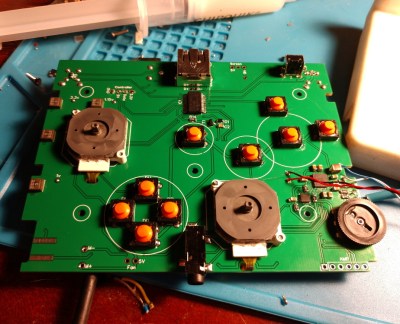 To create this marvel, [Bill] first had to expertly cut away extraneous components from the Wii’s motherboard. He then mated the “trimmed” PCB to a new board that holds the controls as well as some other ancillary components such as the audio amplifier and USB port. He even managed to squeeze a battery in there, as demonstrated in the video after the break.
To create this marvel, [Bill] first had to expertly cut away extraneous components from the Wii’s motherboard. He then mated the “trimmed” PCB to a new board that holds the controls as well as some other ancillary components such as the audio amplifier and USB port. He even managed to squeeze a battery in there, as demonstrated in the video after the break.
Finally, he designed a 3D printed enclosure that incorporates GameCube-style controls (complete with printed buttons) into the classic clamshell Game Boy SP shape. Because of the complexity of the design, [Bill] decided to have it professionally printed at Shapeways rather than trying to run it off of his home printer, which he says helps sells the professional look. It did take him some trial and error before he got the hang of painting the printed material to his satisfaction, but we think the end result was certainly worth the effort.
It probably won’t come as a huge surprise to find that this isn’t the first time [Bill] has pulled off a stunt like this. A few years back he created a very similar “GameCube SP”, but by the looks of it, this revised attempt improves on the original version in every way possible.
Continue reading “A Wii Playing The GameCube, Disguised As A Game Boy SP”
Doom On The NES
“But can it run Doom?” is perhaps the final test of hacking a platform. From calculators to thermostats, we’ve seen Doom shoehorned into a lot of different pieces of hardware. Many times we’re left scratching our heads at the mashup, and this is no exception.
[TheRasteri] wasn’t satisfied with the existing ports of Doom, so he decided to bring the classic game to a classic console, the NES. In the video embedded after the break, he helpfully points out the system requirements for running Doom, and compares them with the specifications of the NES. Spoilers: not nearly enough.
How did he manage the feat? Taking inspiration from Nintendo’s own SuperFX chip, he embedded a co-processor in the cartridge, and fed the video stream from the cartridge back into the NES. It might not be fair to call it a co-processor, since it’s a Raspberry Pi with thousands of times the processing power of the 6502 that powers the NES. The idea might seem familiar, and in fact it was partially inspired by [Tom7]’s similar hack last year.
Using a Cypress USB controller to feed the graphics bus, [TheRasteri] is able to run Doom on the Raspberry Pi, take the visuals from the game, and convert them into blocks of graphics the NES expects to load from the cartridge. The best trick is that he apparently managed to squeeze everything into a normal NES cartridge. He plans to release a build video on his channel, so keep an eye out.
Meanwhile, don’t forget to take a look at those calculators and thermostats we mentioned.
Playing NES Games On An Industrial EL Display
Modern consoles are fun, but there are certain charms to retro gear that keep hackers entertained to this day. The original NES is a particularly ripe ground for projects, being one of the most popular consoles of its era. [kevtris] is one such Nintendo hacker, and decided to get NES games running on an old-school electroluminescent display (Youtube video, embedded below).
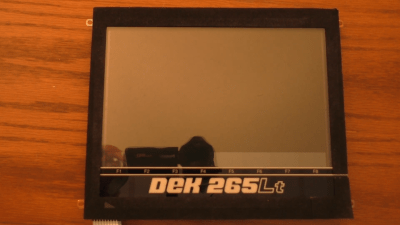
Rather than work with an original NES, [kevtris] chose to instead work with the NT Mini, an FPGA-based clone of his own design. Having picked up an EL640.480-AA1 screen, formerly from a DEK 265LT pick-and-place machine, he hunted down a data sheet and got to work. With the document outlining the required video input specifications, it was a simple matter of whipping up some Verilog and an adapter cable to get things working.
Mario, Kirby and friends can now run around, looking resplendent in the 9 colors of the red/green EL display. [kevtris] notes that the screen performs well with fast motion, and estimates the refresh rate to be in the vicinity of 60Hz. For those of you playing along at home, such screens are available online, though they’re not exactly cheap.
We’ve seen [kevtris]’s work before, with his SNES chiptune player being particularly impressive. Video after the break.
[Thanks to Morris for the tip!]
Continue reading “Playing NES Games On An Industrial EL Display”
Nintendo’s Cardboard Piano Becomes A Real Working Instrument
Nintendo’s LABO piano is a strange kind of instrument. Hewn out of cardboard and used in combination with some advanced software, it’s entirely passive, with all the sound generation and smarts coming from the Switch console which slots into the body. [Simon the Magpie] decided that this simply wouldn’t do, and set about turning the LABO piano into a real synthesizer (Youtube link, embedded below).
In order to pull off this feat, [Simon] sourced an OKAY synth kit– a basic monophonic synthesizer designed to fit inside a 3D printed case. Instead, here it’s built inside the LABO’s roomy cardboard housing. The keyboard is reinforced with duct tape and tweaked to accept those common and horrible red SPST buttons, and the front panel is fitted with control dials where the Switch would usually sit.
After some careful crafting, the piano is ready to rock. It’s not the most responsive instrument, with the flexible cardboard struggling to reliably trigger the installed buttons, but it does work. [Simon] performs a small instrumental piece over a drum track to demonstrate that you don’t need a Nintendo Switch to have fun with the LABO piano.
Expect to see similar builds on stage at chiptune shows in the next few years – at least until mold gets the better of them. There are other ways to hack the LABO piano, too. Video after the break.
Continue reading “Nintendo’s Cardboard Piano Becomes A Real Working Instrument”

